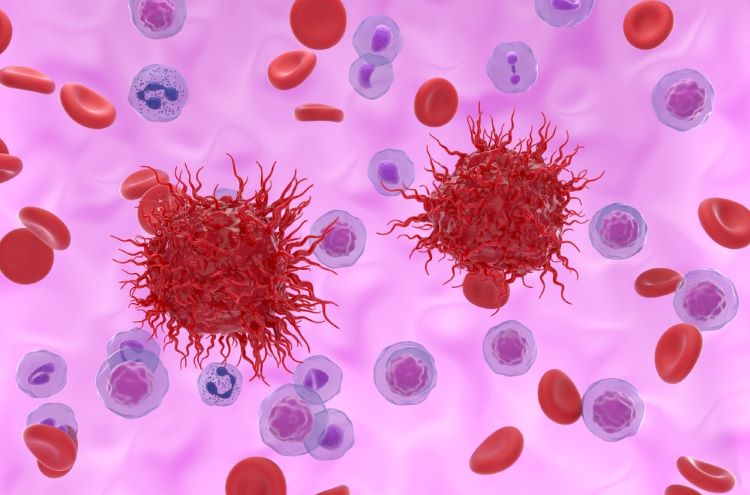Preventative approach could reduce immunotherapy side effects
Research suggests that giving prophylactic treatment prior to immunotherapy could eliminate the need for the latter to be administered in hospitals.
New research from the US indicates that a prophylactic treatment before immunotherapy can significantly reduce the rate of cytokine release syndrome (CRS) in multiple myeloma patients.
Immunotherapy drugs like teclistamab can result in potentially fatal side effects, including CRS and immune cell-associated neurotoxicity syndrome (ICANS).
Prophylactic treatment as a preventative measure
The new study, published in Blood Cancer Discovery, stated that in the future, this could eliminate the need to administer teclistamab and other immunotherapies in hospitals. “In an ideal world, you could pre-medicate patients against CRS and treat them in an outpatient setting,” explained Dr Carl Ola Landgren, Chief of the Division of Myeloma at University of Miami Sylvester Comprehensive Cancer Center and co-corresponding study author.
Previous evidence of clinical efficacy of teclistamab
The researchers noted that CRS is often treated with drugs that counteract the cytokine release that makes T-cells to go into overdrive. An overactive immune response [is] the hallmark of CRS,” Landgren added. The drug tocilizumab for example, has been used historically to treat CRS from immunotherapies.
In a key clinical study published in the New England Journal of Medicine, teclistamab produced an overall response rate of 63 percent in multiple myeloma patients with failed response or resistance to multiple previous therapies. In 2022, the drug was approved by the US Food and Drug Administration (FDA) for these patients. This was followed by two different bispecific T-cell engagers, the researchers from the University of Miami Sylvester Comprehensive Cancer Center shared.
In a 2022 study evaluating multiple myeloma patients treated prophylactically with tocilizumab, the approach reduced CRS in patients receiving a different bispecific T-cell engager than teclistamab.
Data showed that only 13 percent of the [multiple myeloma] patients developed [cytokine release syndrome (CRS)] after prophylactic treatment with tocilizumab”
After reviewing preliminary data from this study, Landgren and his team conducted a study which included 31 multiple myeloma patients. Data showed that only 13 percent of the patients developed CRS after prophylactic treatment with tocilizumab. This is a major contrast to the 72 percent observed in an earlier study treating patients for CRS as symptoms arose.
Less severe CRS and lower rates of its recurrence were also observed. Additionally, ICANS was also shown to ease with the approach described in this new study.
“Prophylactic treatment with tocilizumab is now standard of care at Sylvester for multiple myeloma patients receiving T-cell engagers,” stated Andrew Kowalski, a haematology/oncology clinical pharmacist at Sylvester and the study’s lead author.
Similarly, patients receiving CAR-T cell immunotherapy also seem to benefit from prophylactic CRS treatment, according to the study’s authors.
Potential future applications
The researchers highlighted that so far, prophylactic treatment does not seem to reduce the effectiveness of drugs that treat the body’s immune system. However, prophylactic treatment could benefit patients with other blood cancers, they suggested. “This preventive approach has the potential to be expanded into leukaemias and lymphomas as well,” Kowalski added.
Landgren explained that the evolution of drugs, which initially require monitoring in an intensive care unit, but later can be administered outside of a hospital environment, such as was the case with cancer medicine rituximab, could be the path followed by this new approach.
“The field of myeloma is probably one of the biggest examples of successful drug development in modern times,” he shared. “We are going with full steam into an era of immunotherapy.”










